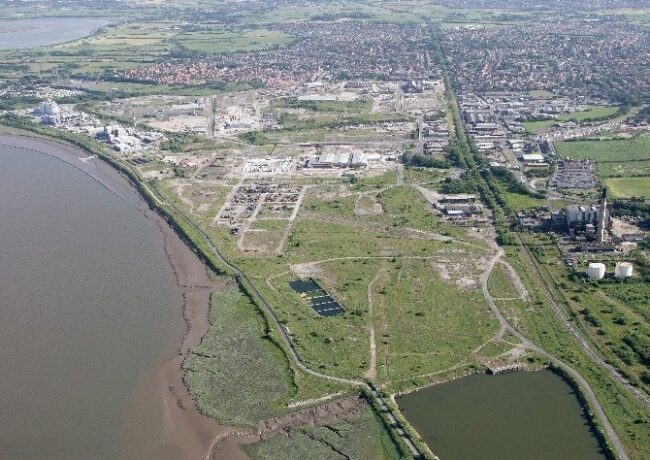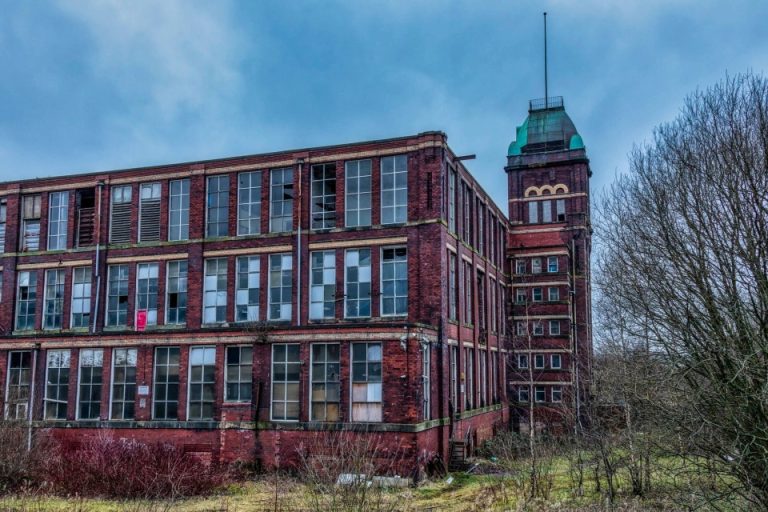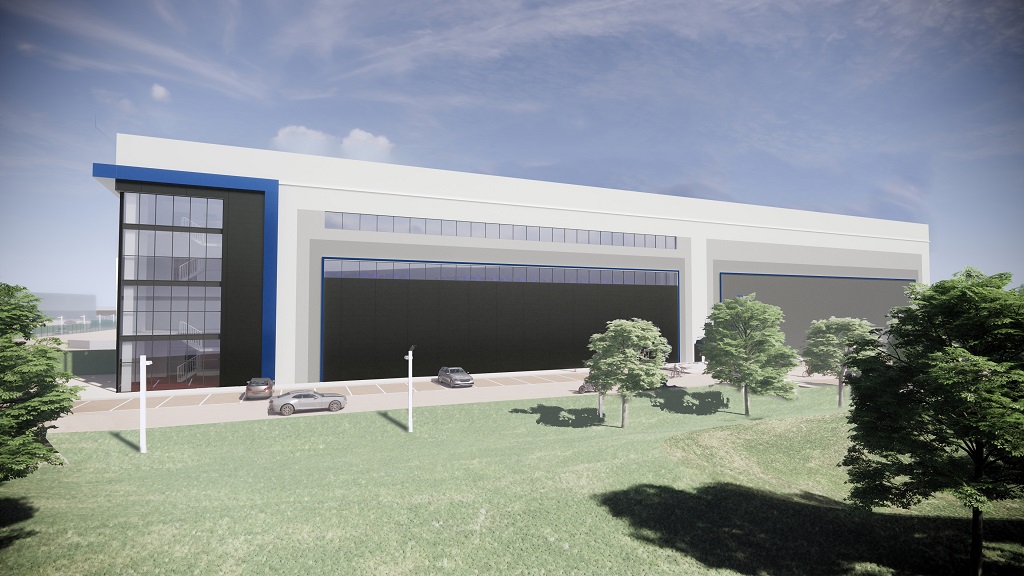Enterprise Zones | Lancashire
Concluding the week-long series assessing progress of Enterprise Zones across the region, Neil Tague looks at Lancashire, which is taking a three-pronged approach to its Enterprise Zones, aerospace the first part to get moving.
Enterprise Zones in Lancashire have been driven by the Lancashire Local Enterprise Partnership, and the story so far really has been mostly around aviation, with a zone split into two sites, at Warton and Samlesbury. The idea is to build a hub of significance around BAE Systems; the defence giant employs 6,000 people at Warton and 13,000 at Samlesbury, and trades with 500 suppliers in Lancashire. Notwithstanding November’s announcement of Lancastrian job losses as a result of the Typhoon programme’s troubles, aerospace remains hugely important locally.
There’s not much in the way of built product to speak of thus far in the EZs, but circumstances haven’t been easy. At Samlesbury, a highly problematic land assembly job covering 180 acres took two years alone. And there is a job creation story here. In July, it was announced that logistics business Wincanton will become the operator of a new purpose-built defence logistics centre, scheduled for completion in 2016, the first non-BAE occupier to operate in this zone. The move will generate 70 new Wincanton jobs. Wincanton also announced a new contract with BAE to supply its Military Air & Information operations. About 150 personnel will be dedicated to BAE MAI, additional to existing services delivered from Wincanton’s Blackburn and Heywood facilities.
In September, work began on a £15m training academy at BAE Samlesbury, a project which will take a year to complete and see part of the firm’s expanding apprenticeship programme moved to the site. BAE is also active in encouraging its suppliers and other partners to develop a presence in the zone. That’s becoming more of a realistic prospect now access is being developed. Work by Lancashire County Council on the first phase of the development at Samlesbury saw a new road off the A50 completed this summer. Work is now underway to build a connecting spine road and another new entrance to the A677 on the site’s south side, again led by Lancashire County Council, the highways authority.
Blackpool Airport and Hillhouse
Blackpool Airport and Hillhouse Business Park in Thornton-Cleveleys have now also won EZ status, focusing on energy and chemical engineering respectively. In its submission to Government, the LEP said that a designated Blackpool Airport EZ could support nearly 140 new businesses and help create 3,000 new jobs by 2030.
The site links to the proposed Lancashire Energy HQ development being led by Blackpool & Fylde College. The contract to build this £10m project (which has £6.2m backing from the Lancashire Growth Deal) went out to tender this week and is scheduled to start in March 2016.
Hillhouse is a 341-acre site with a rich chemical industry heritage and will target companies active in the polymer, textile and related industries.
Verdict
With a mass of land ownerships to sort out, there’s some justification here for the “these things take time” line. And defence tends not to be the fastest-moving sector.
Aerospace businesses are used to clustering anyway – the greater Bristol area and Lancashire are the UK’s two largest, by far – so would companies moving here just be displacing jobs from neighbouring towns? That’s balanced by the argument that newer, better facilities futureproof the industry in the area and improve its inward investment prospects.
It’s too early to judge the wider Lancashire policy, but the logic seems sound enough. And nobody, let’s face it, is rushing to do anything else with those sites.
North West Enterprise Zones | Conclusions
Have the Enterprise Zones worked? In their own terms of reference, the simple answer is no, they haven’t, it has been a national policy failure. Even in places with a focused plan and prepared sites, not much has been achieved in job creation, development and inward investment.
Enterprise Zones were supposed to get the market moving but didn’t have the tools to do so. It’s only now, when things are starting to happen in wider markets, that zones have started to gather momentum.
None of this is to criticise those on the ground who have done the hard yards behind the scenes to bring us to this point. There’s now a plan, infrastructure, oven-ready sites and viability at most sites. A stream of buildings will be delivered over 2016 and 2017. It’s just that it’s all a couple of years behind where it might have been.
But now things are happening, it’s reaffirming commitment to the plan, with the announcement this week of 18 new or extended sites, along with the Blackpool and Plymouth ones already added to the original 24. So to Sci-Tech Daresbury, Mersey Waters, Airport City and Lancashire, we can add Cheshire Science Corridor, Greater Manchester Life Science and Kingmoor Park in Cumbria.
Enterprise Zones didn’t deliver by 2015 – they were never really likely to. But with healthier market conditions, they’ve progressed. It’s now up to those on the ground to make them achieve something.




